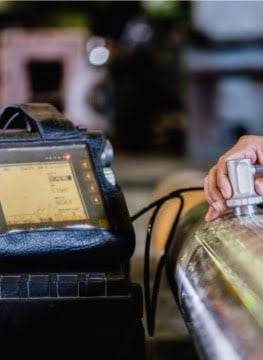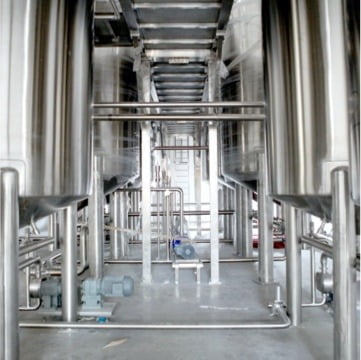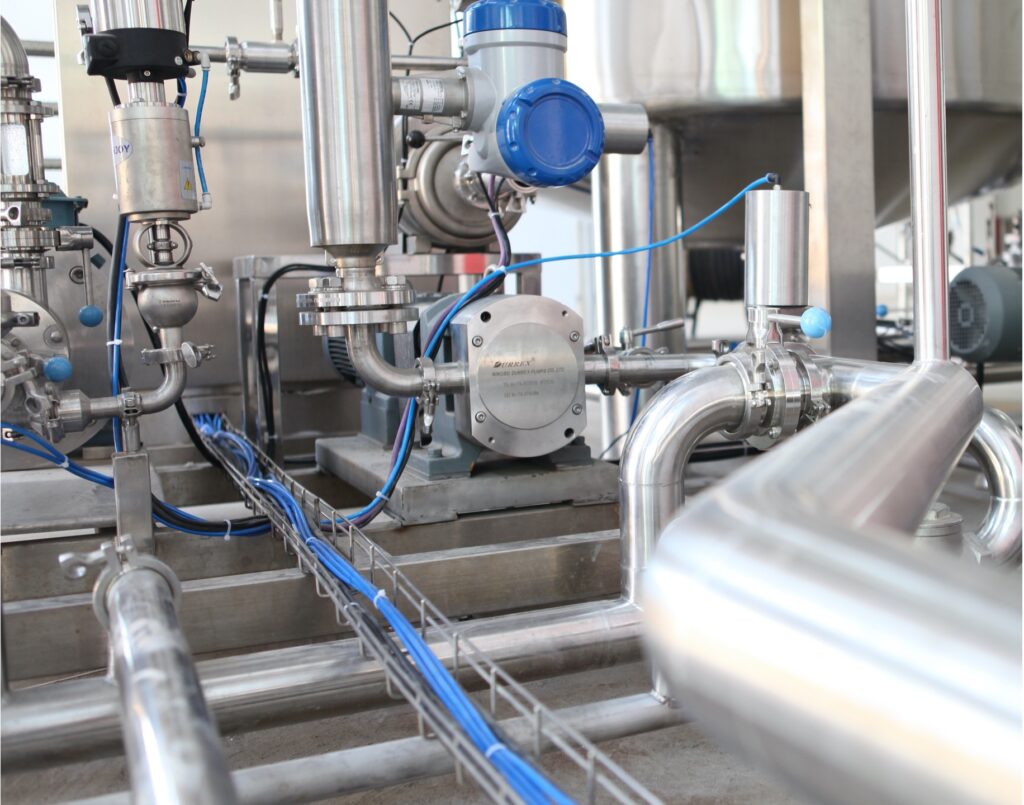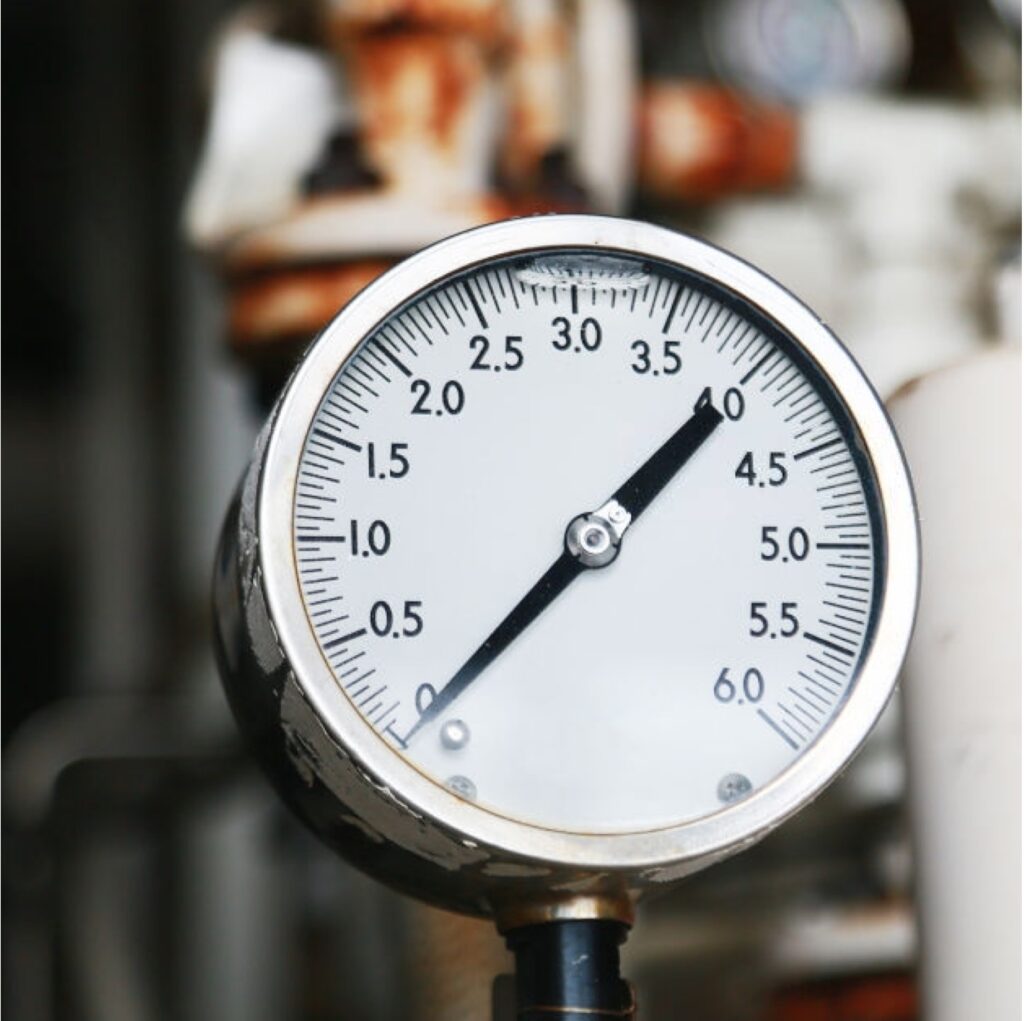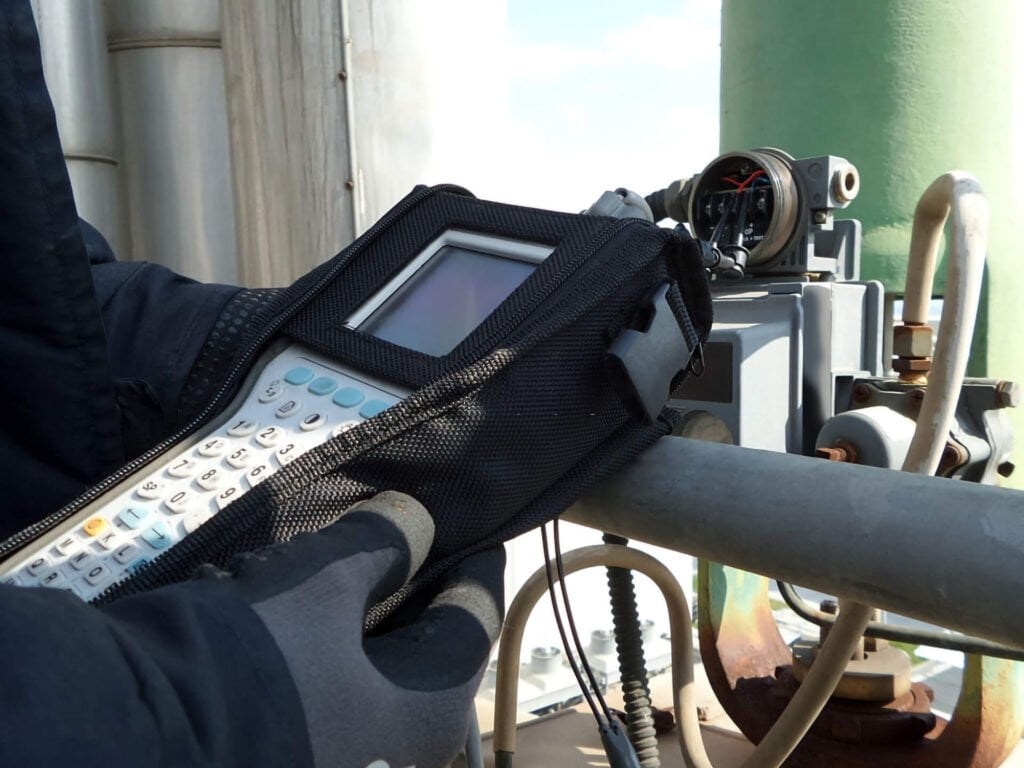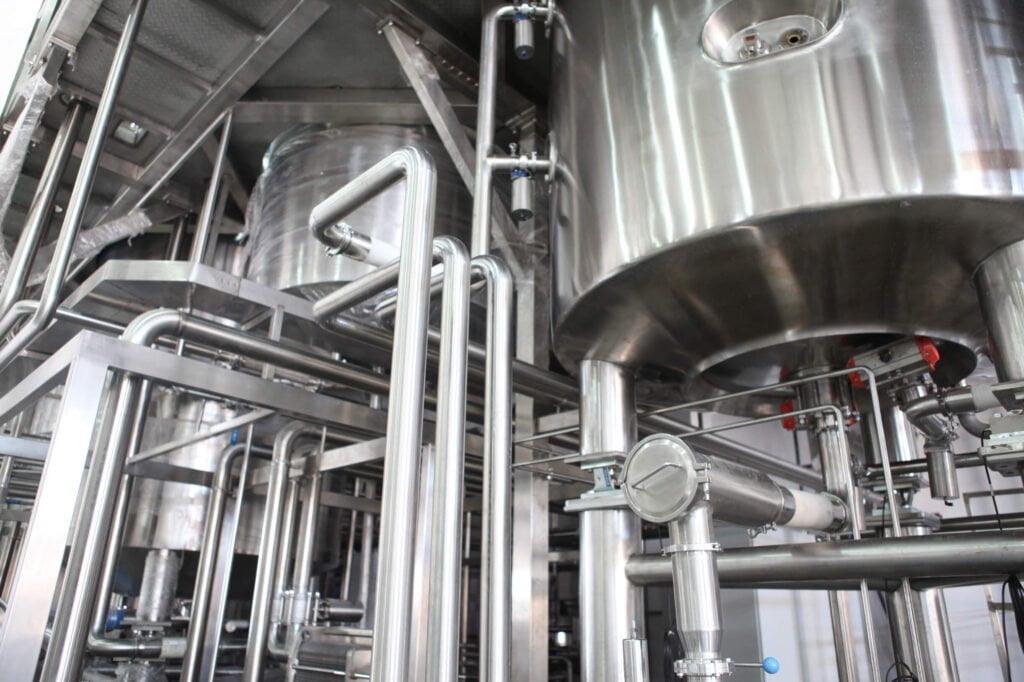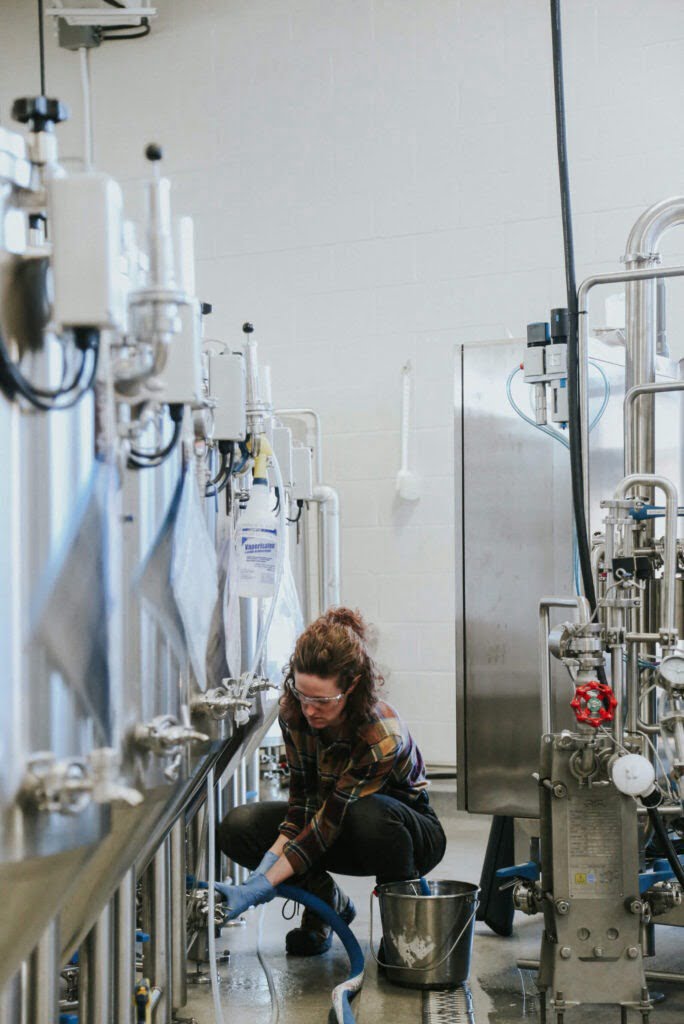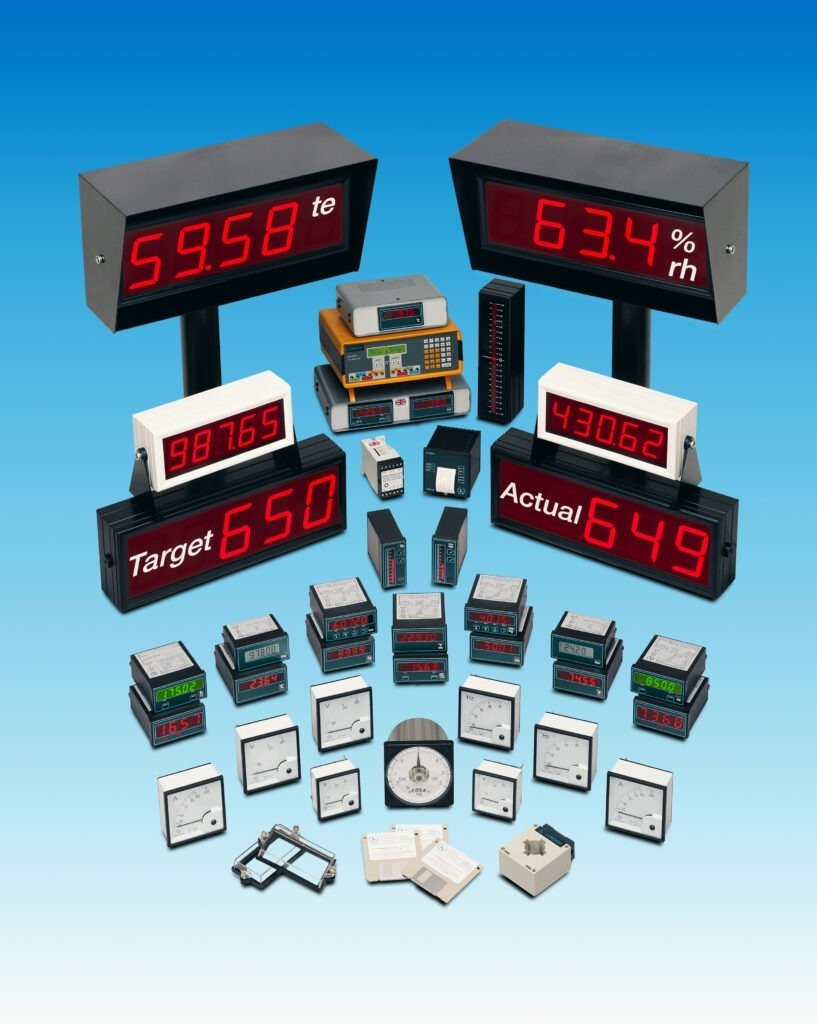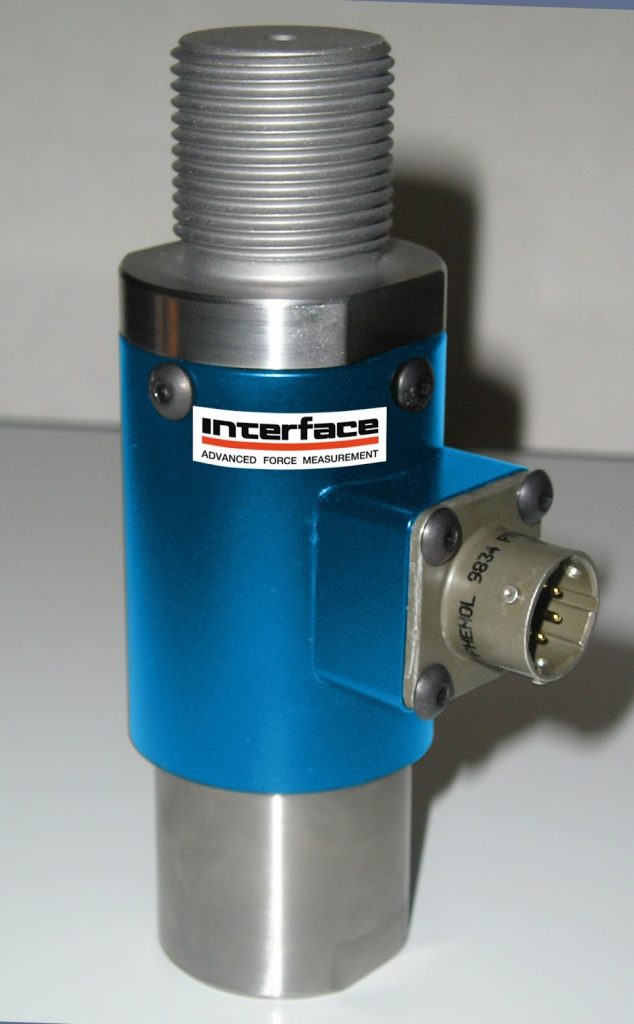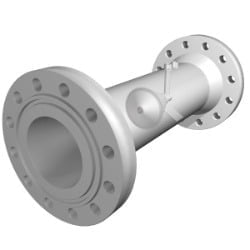
However, despite that innovation, orifice plates are a more widely implemented differential pressure (DP) flow meter, especially when considered by engineers for flow measurement projects.
So, what are the differences between the two meters, and how are they both used for various flow projects? Let’s have a look.
V-Cone: Overview
The V-Cone is a highly customisable flow meter that measures flow based on Bernoulli’s principle, through a flow-sensing design that calms swirl and turbulence to maximize accuracy and minimize intrusion in the line. Its turn-down ratio of 10:1 or greater gives it flexibility in a wide range of tough flow applications with large flow ranges. Due to its self-conditioning technology, the V-Cone requires minimal-to-no straight-run upstream and downstream for the meter, making it an ideal solution for retrofit projects or sites where space and weight are an issue. Offered in line sizes from 0.5” to 120”, it suits a variety of applications in oil and gas and industrial segments.
The V-Cone technology is offered in a suite of products including the Wafer-Cone®, which offers the technology in a flangeless and field-replaceable element, and the VM V-Cone®, specifically designed for municipal water applications.
Orifice Plates: Overview
The orifice plate is possibly the most well-known DP meter, as its popularity and “off-the-shelf” qualities have made the disk-shaped device a commodity. A less flexible meter, the orifice plate has a lower turn-down ratio typically 4:1 on average, and as much as 40 diameters of upstream and 20 diameters of downstream straight-run are required.
There are a few variations of orifice plates available, like concentric, eccentric, multi-holed, and segmental, implemented based on the media in the pipeline. Changes in process conditions affect the reliability of the orifice plate’s flow reading. Compared to a V-Cone, which can be calibrated against the entire Reynolds range, an orifice plate is typically uncalibrated, and accuracy is guaranteed only when manufactured and installed precisely to the standard.
Versatility and Constraints
Both V-Cones and orifice plates can be constructed out of a wide variety of materials, including exotic materials, if requested by the customer. The orifice plate is less conducive to environments where there are fluctuations in flow, whereas the V-Cone can solve issues like pressure loss and a high turn-down ratio.
Where the V-Cone can’t compare is in the “off the shelf” commodity aspect of the orifice plate. The orifice plate is easy to acquire and is well understood by engineers, making it a popular offering from many meter manufacturers. It’s also very simple to produce, whereas the V-Cone is a highly customized, quality product designed and produced to meet application-specific concerns. This customization factor contributes to the V-Cone’s higher price tag compared to the more nominally priced orifice plate; the V-Cone’s price is often offset by total installed cost and expected 25+ year lifespan of the meter. For a less custom, “off the shelf” V-Cone, the Wafer Cone is a good option, particularly for customers wanting the reliability of the V-Cone technology but needing less customization.
Despite both meters being constructed from durable materials, the orifice plate has the potential to be knocked out of position by objects in the flow. The orifice place easily suffers wear and tear of the sharp measuring edge, necessitating replacement. The V-Cone’s design, offering gusset supports in large line sizes as required by the demands of the application, prevents the effects of resonant frequencies, flow-induced vortices, thermal shock, and reverse flow scenarios.
High Turn-down Flow Meter
In orifice plate applications that require a high turn-down, customers may build parallel pipelines to measure high flow and low flow conditions. This extra piping can add to the overall material cost and footprint, as two parallel pipelines with the necessary straight-run for orifice plates can take up significant space. The V-Cone’s high turn-down ratio can solve this problem, as this durable meter can handle a greater range of flow conditions.
Applications
Despite using the same differential pressure technology, the V-Cone is most often considered for projects alongside Venturi meters and vortex meters, rather than orifice plates. If a project doesn’t necessarily demand a more advanced meter, there’s no need to implement anything more complex than an orifice plate.
Nevertheless, the two meters are often implemented in the same oil and gas and industrial applications, apart from applications demanding a meter producing less permanent pressure loss, like a V-Cone. Additionally, applications like offshore platforms and floating production storage and offloading (FPSO) vessels often choose the V-Cone for its minimal straight-run pipe requirements, as it assists the engineer to meet the space and weight restrictions of the project.
Choosing the Right Differential Pressure Meter for Your Project
When changes in flow aren’t to be expected, and space isn’t an issue, a basic orifice plate is an economical choice for applications that don’t require a more advanced flow meter. It will get the job done with a very minimal impact to your budget!
However, if accuracy and reliability are crucial to a project with tricky factors like variable flow rates and space and weight restrictions, the V-Cone is worth investing in. A DP meter with virtually no maintenance and a 25+ year lifespan, it’s a measurement device you can install and forget about – while the meter collects consistent, accurate data.
